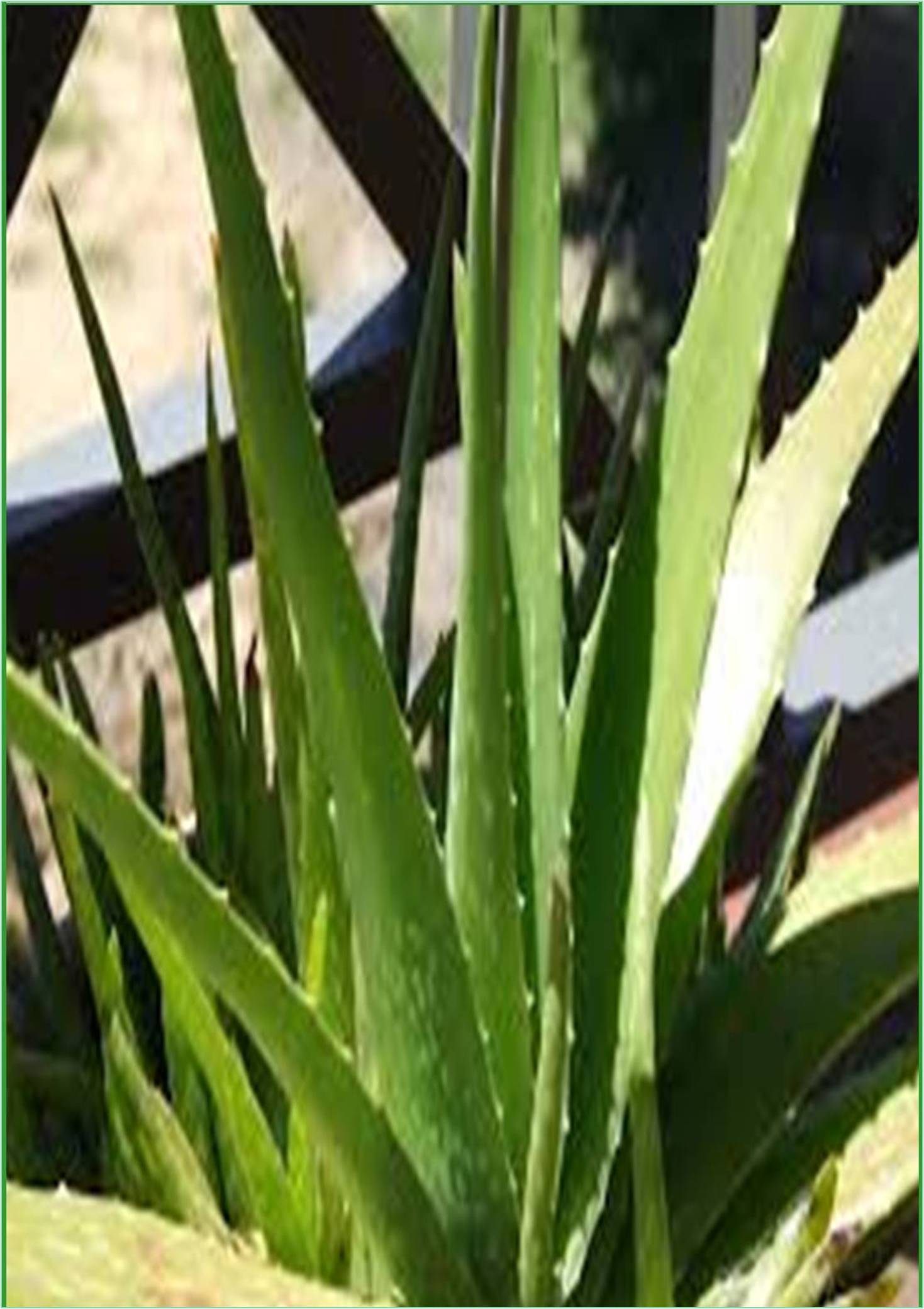



Received: 01-Jul-2022, Manuscript No. GJMPR-22-73894; Editor assigned: 04-Jul-2022, Pre QC No. GJMPR-22-73894 (PQ); Reviewed: 18-Jul-2022, QC No. GJMPR-22-73894; Revised: 25-Jul-2022, Manuscript No. GJMPR-22-73894 (R); Published: 02-Aug-2022, DOI: 10.15651/GJMPR.22.7.077
Unani medicine is the oldest systems of conventional medicine still in use today, particularly in the Arab and Indian subcontinents. It is serving the mankind from centuries by alleviating ailments through drugs derived from natural resources. Although this method uses medications derived from plants, animals, and minerals, pharmaceuticals from plants are used more frequently. Its repository also contains a number of climbers in addition to other medications. Since many centuries ago, these climbers have been utilized in a variety of pathological illnesses, and the practitioners of this traditional medicine have reported very positive treatment outcomes as some of the medications have been discovered to improve many chronic and fatal diseases. Many of the plants listed in Unani literature as having medicinal value have been verified scientifically by researchers and reported to have fascinating pharmacological effects like anti-diabetic, antiulcer, anti-HIV, antitumor, anti-arthritic, etc. In the current work, 22 climbers of medicinal significance are briefly described. These climbers are often employed in traditional medicine, particularly Unani medicine, to treat a variety of acute and chronic ailments.
Those plants that are frequently utilized for curing and avoiding a certain condition or disease and which are typically regarded as being dangerous to humans are said to be medicinal plants. These plants fall into one of two categories: "Domesticated plants species," which are those that have developed through human activity such as selection or breeding and depend on management for survival, or "Wild plant species," which are those growing naturally in self-maintaining populations in natural or seminatural ecosystems and may exist independently of direct human actions.
The primary treatment in the conventional medical system has shown to be herbal medications. Since the beginning of time, they have been widely applied in medical procedures.
This spurs advancements in the use of therapeutic herbs. The explanations are due to their advantages in biomedicine as well as their role in many regions of the world's cultural beliefs in the manufacturing of strong therapeutic medicines. The USA drug industry has seen the introduction of almost 100 new plant-based medications, including vincristine, deserpidine, and reseinnamine, which are derived from higher plants.
Despite the development of synthetic drugs, medicinal plants have given humans a wide range of effective medications to reduce or eliminate illnesses and disease-related suffering. Some of these medications still hold significance and relevance today. Drugs made from plants are becoming more and more popular worldwide. Despite the fact that modern (synthetic) medicine has made advancements, there are still many illnesses and infections (diseases) for which effective medications have not yet been developed. This has brought an urgent need for the development of safer medications for the treatment of inflammatory illnesses, diabetes, liver diseases, and gastrointestinal problems that are safe for both humans and the environment. There have been significant advancements in the pharmacological analysis of numerous plants utilized in conventional medical systemson recent studies of herbal plants and medicine. As a result, plants can be considered a significant source of medications, both as crude drugs for the general populace and as isolated active principles to be administered in standardized dosage form. In areas of health care programmers, both modern and herbal medications are employed in a number of developing nations, including those in Africa, Asia, and some parts of Europe. Because Ayurveda is founded on the idea of bringing us closer to nature and relying on its inherent healing abilities to keep us well without the need of harmful side effects, its significance is still relevant in today's society.
Spending more time in nature and observing the plants and herbs is one method to comprehend the essential principles of Indian Ayurveda. Every plant or herb has a unique characteristic that can be utilized to treat a variety of illnesses and disorders. Ayurvedic home remedies frequently include medicinal herbs like aloe, turmeric, tulsi, pepper, elachi, and ginger since they are thought to be the most effective treatments for throat and skin conditions. Ayurvedic herbs are a rich source of nutrients, have anti-bacterial and antioxidant qualities, and are naturally non-toxic, making them a good choice for goods or cures due to their high therapeutic value.
Due to their reputation for safety and lack of side effects, herbal medicinal plants are a popular choice for treatment. They have a larger advantage over chemically processed items and synthetic treatments since they are in harmony with nature. Ayurvedic herbs, as opposed to other treatments and medications, are recognized for treating illness from the source and helping to maintain long-term health and fitness. In addition to being used medicinally, these plants can also be utilized for other things like pest management, making natural dyes, and creating things like food, tea, and perfumes. According to numerous international studies, there has been a sharp increase in the number of cases where individuals are using natural herbs as remedies and in daily life. Going back to the fundamentals, people are adopting healthier lifestyles by making Ayurveda and its principles the cornerstone of their lives because they recognize the danger that chemically processed products offer to their health.
It is obvious that there are numerous elements to take into account when recommending or using ayurvedic medicine. Despite the fact that Ayurvedic medications are made from natural herbs, their safety depends on how they are administered, taking into account the needs of the individual and the individual's particular illness conditions. The unguided consumption of ayurvedic preparations, in the mistaken belief that spices and herbs will necessarily be safe, may lead to serious health issues. To choose and consume these plants safely, one must have a complete understanding of how they behave.